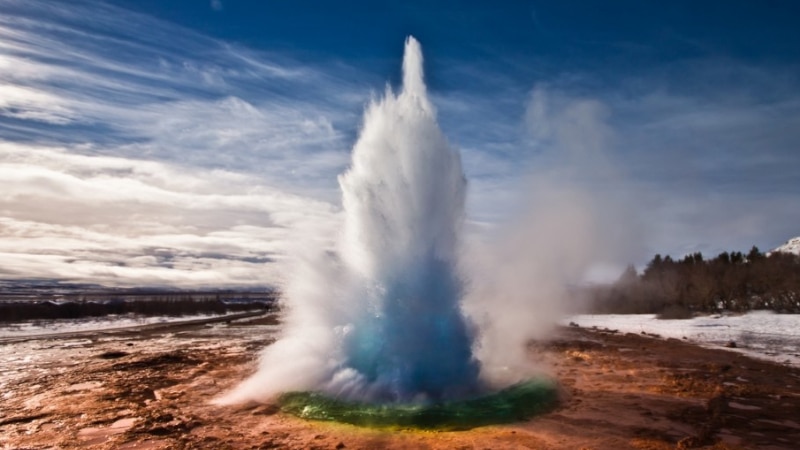In the realm of intimate relationships, understanding the dynamics of pleasure can be both an enlightening journey and a path to deeper connection. Female ejaculation, a subject often shrouded in mystery and myth, is a fascinating aspect of this exploration.
While every individual’s experience is unique, gaining knowledge in this area can lead to a more fulfilling and respectful understanding of one’s own body or that of a partner. This article aims to demystify the process, offering scientifically-backed insights and empathetic guidance.
Table of Contents
Understanding Female Ejaculation
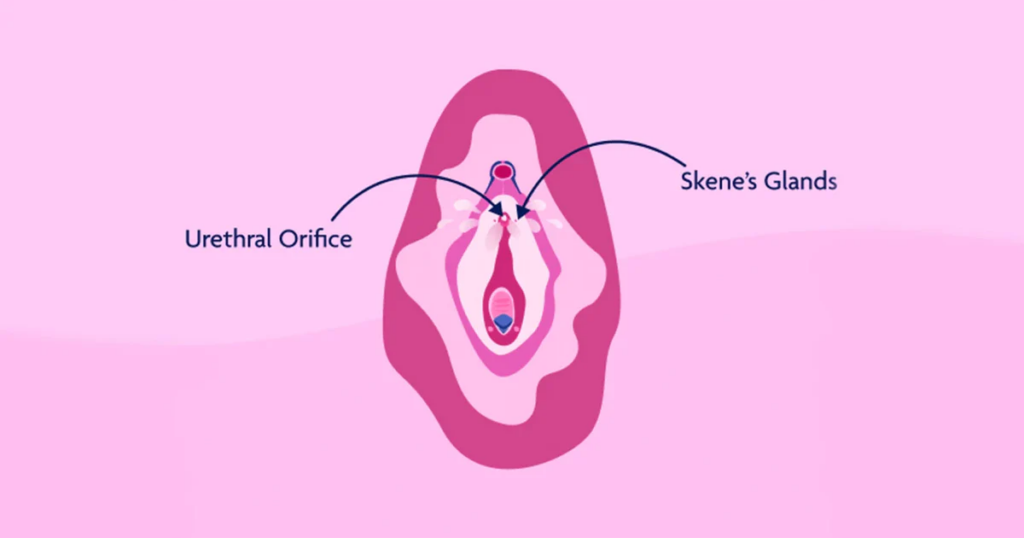
What exactly is female ejaculation, and how does it occur? These are questions that have puzzled both individuals and experts for years. Female ejaculation refers to the expulsion of fluid from the Skene’s glands, near the urethra, during sexual arousal or orgasm.
It’s important to understand that this phenomenon varies greatly among women, with experiences ranging from noticeable ejaculation to none at all. Debunking myths is crucial here. Unlike some portrayals in media, female ejaculation is not a ‘performance’ but a natural, physiological response that differs from person to person.
The Science of Squirting
Diving deeper into the subject, we find that squirting is not just an act but a science. Research has shown that squirting can be a deeply satisfying aspect of sexual response for some women, yet it remains enigmatic.
- The fluid released is different from the natural lubrication produced during arousal.
- It’s composed mainly of water and is sometimes mixed with a small amount of urine, as it passes through the urethra.
- This shouldn’t be a cause for concern or embarrassment; it’s a normal part of the process. Understanding this can help alleviate any unwarranted stigmas or misconceptions.
Anatomy of Pleasure
To fully appreciate the process of female ejaculation, one must understand the anatomy involved in this intricate dance of pleasure.
The key player here is the Skene’s gland, often referred to as the female prostate. Located near the urethra and surrounding area, it plays a significant role in the process of squirting. When stimulated correctly, it can lead to the release of fluid, contributing to the experience of squirting.
Consent, Comfort, and Emotional Connection

In the journey towards understanding and experiencing female ejaculation, the foundation is built on consent, comfort, and emotional connection. Here’s a closer look at these crucial elements:
Importance of Consent and Comfort
- Mutual Consent: Always ensure that everyone involved is fully on board and has given enthusiastic consent.
- Comfort: Both physical and emotional comfort are key. This means creating a safe and relaxed environment where both partners feel valued and respected.
- Communication: Open and honest communication about readiness, desires, and boundaries is essential.
- Mutual Enjoyment and Exploration: The goal is to enjoy the experience together, not just focus on the physical response.
Emotional Connection and Relationship Dynamics
- Building Trust and Intimacy: A strong emotional connection, characterized by trust and intimacy, is fundamental.
- Deep Connection: Focus on being in tune with each other’s needs and desires, which can transform the experience from a physical act to an enriching journey.
- Effective Communication:
- Regularly discuss and understand each other’s desires and boundaries.
- Be open to sharing feelings, hesitations, and expectations.
- Impact on Intimacy: This level of emotional bonding and understanding can significantly enhance the comfort and success of intimate experiences.
Remember, the journey toward exploring female ejaculation is as much about emotional and mental readiness as it is about physical techniques. Ensuring that these aspects are addressed can lead to a more fulfilling and respectful exploration.
The Role of Arousal and Foreplay
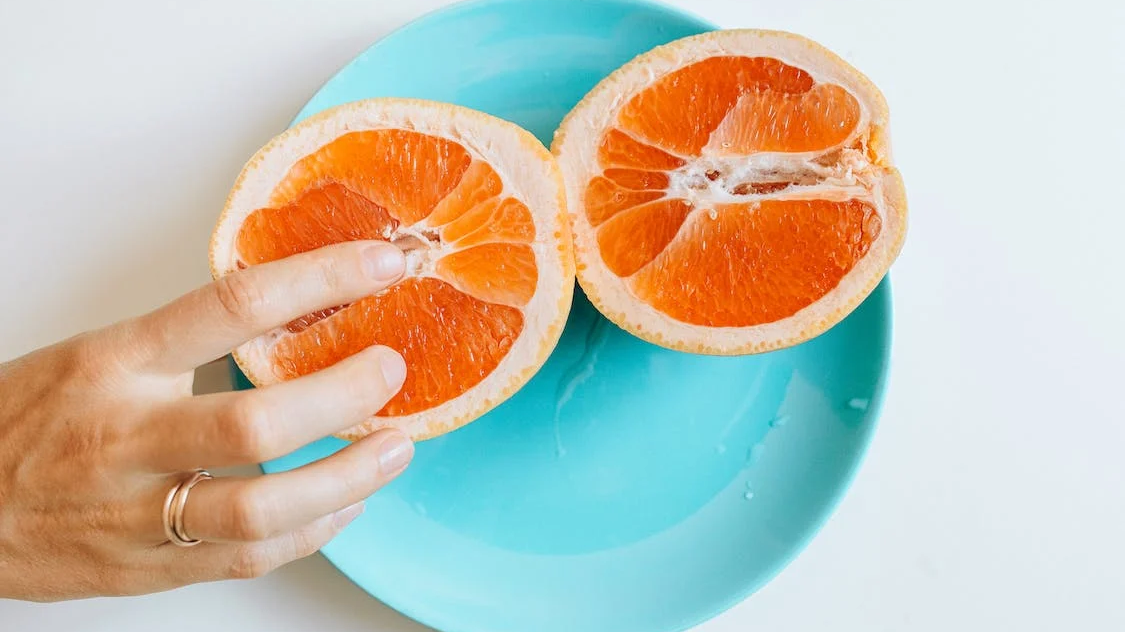
Arousal and foreplay are crucial elements in the journey towards experiencing squirting. These initial steps set the tone for a more fulfilling and comfortable experience.
- Building Arousal: Start with activities that both partners find arousing. This could include kissing, touching, or other forms of foreplay that build anticipation and excitement.
- Importance of Foreplay: Foreplay isn’t just a precursor to sex; it’s an integral part of the sexual experience. It helps in increasing blood flow, enhancing lubrication, and preparing the body for more intense sensations.
“Every woman’s journey towards understanding her body is unique – there’s no right or wrong way to experience pleasure.”
Partner’s Role in the Experience
The role of the partner in this intimate journey cannot be overstated. Effective communication and understanding are the keys to a successful and enjoyable experience.
- Support and Encouragement: Offer support and encouragement throughout the process. This includes being attentive to the partner’s needs and responses.
- Feedback and Adjustment: Openly communicate and adjust techniques based on feedback. Remember, what feels good can vary greatly from person to person.
Solo Exploration: Self-Discovery
For those exploring squirting on their own, it’s a journey of self-discovery and understanding one’s body.
- Getting to Know Your Body: Take the time to explore different types of stimulation and see what feels best. This can be invaluable for not just squirting but other kinds of intimacy.
- Mindset and Relaxation: Approach the exploration with a relaxed mindset. Stress or pressure can hinder the process. If you have stress and anxiety from external sources, it might be worth trying to tackle those or create a space where they won’t hinder you for a couple of hours.
Techniques and Stimulation
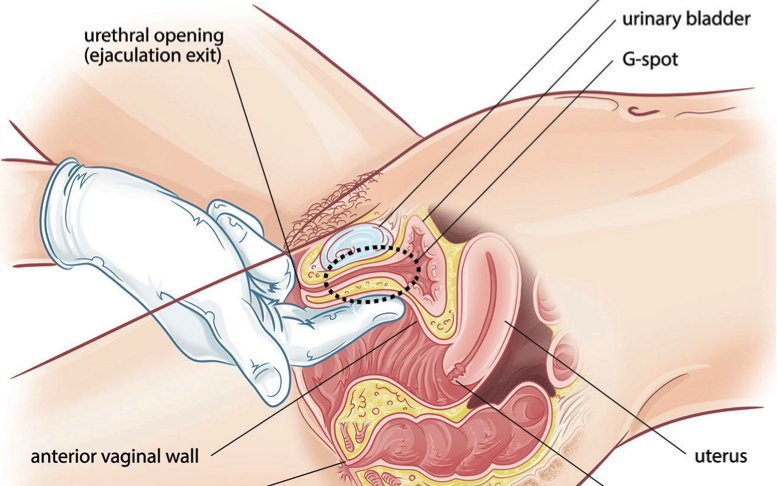
Exploring the landscape of female pleasure requires a blend of understanding, patience, and experimentation. The key to unlocking the mysteries of squirting lies in a mix of techniques tailored to individual preferences and responses. This journey into the realms of stimulation is not just about the destination; it’s about discovering what feels best, deepening intimacy, and embracing the unique ways our bodies can express pleasure.
1. External Stimulation:
- Begin with light, playful touches around the clitoris and vulva.
- Experiment with soft tapping or quick, pulsing sensations.
- Try sliding movements with a bit of lubrication for added smoothness.
- Mix up the pressure, alternating between gentle and slightly firmer touches.
- Use vibrators or clitoral stimulators for focused arousal.
2. Internal Stimulation:
- Gently explore the G-spot with a ‘come-hither‘ motion of your fingers.
- Apply a firm, gentle pressure to the G-spot.
- Use sex toys designed for G-spot stimulation, preferring those with a curve.
- Play with rhythms; try moving slowly at first, then with more speed and rhythm.
- Shift angles to find the most pleasurable positions.
3. Rhythmic Pressure:
- Maintain a steady rhythm on the G-spot.
- Switch between deeper and lighter strokes.
- Build intensity with pulsating pressures.
- Pair G-spot stimulation with clitoral touch for an intensified experience.
- Try different combinations of fingers and toys for varied sensations.
Craft Your Own Pleasure: Choose from a wide selection of Lovense app-controlled sex toys and create your unique squirting experience.
4. Building Arousal:
- Practice edging by approaching the brink of orgasm, then reducing stimulation.
- Introduce sensory play with soft textures or gentle spanks.
- Engage in erotic massage, focusing on different erogenous zones.
- Start with oral stimulation or mutual exploration.
- Experiment with warm or cool touches.
5. Relaxation Techniques:
- Use deep breathing to relax and increase body awareness.
- Build mutual trust with shared activities like baths or massages.
- Create a soothing environment with soft lighting and relaxing scents.
- Stay present and mindful to deepen the emotional bond.
- Keep communication open about wants, limits, and feelings.
“Squirting: Nature’s way of giving a high five for outstanding intimacy.”
6. Advanced Play:
- Combine G-spot and anal stimulation for a different sensation.
- Try positions like woman-on-top or doggy style for enhanced G-spot access.
- Incorporate kegel exercises for stronger pelvic floor muscles.
- Spice things up with role-playing or exploring fantasies.
- Experiment with toys that offer both clitoral and G-spot stimulation.
Remember, the beauty of this exploration is in its variety and adaptability to personal preferences. Stay patient, keep an open mind, and most importantly, enjoy the journey of discovery together.
Dealing with Common Concerns
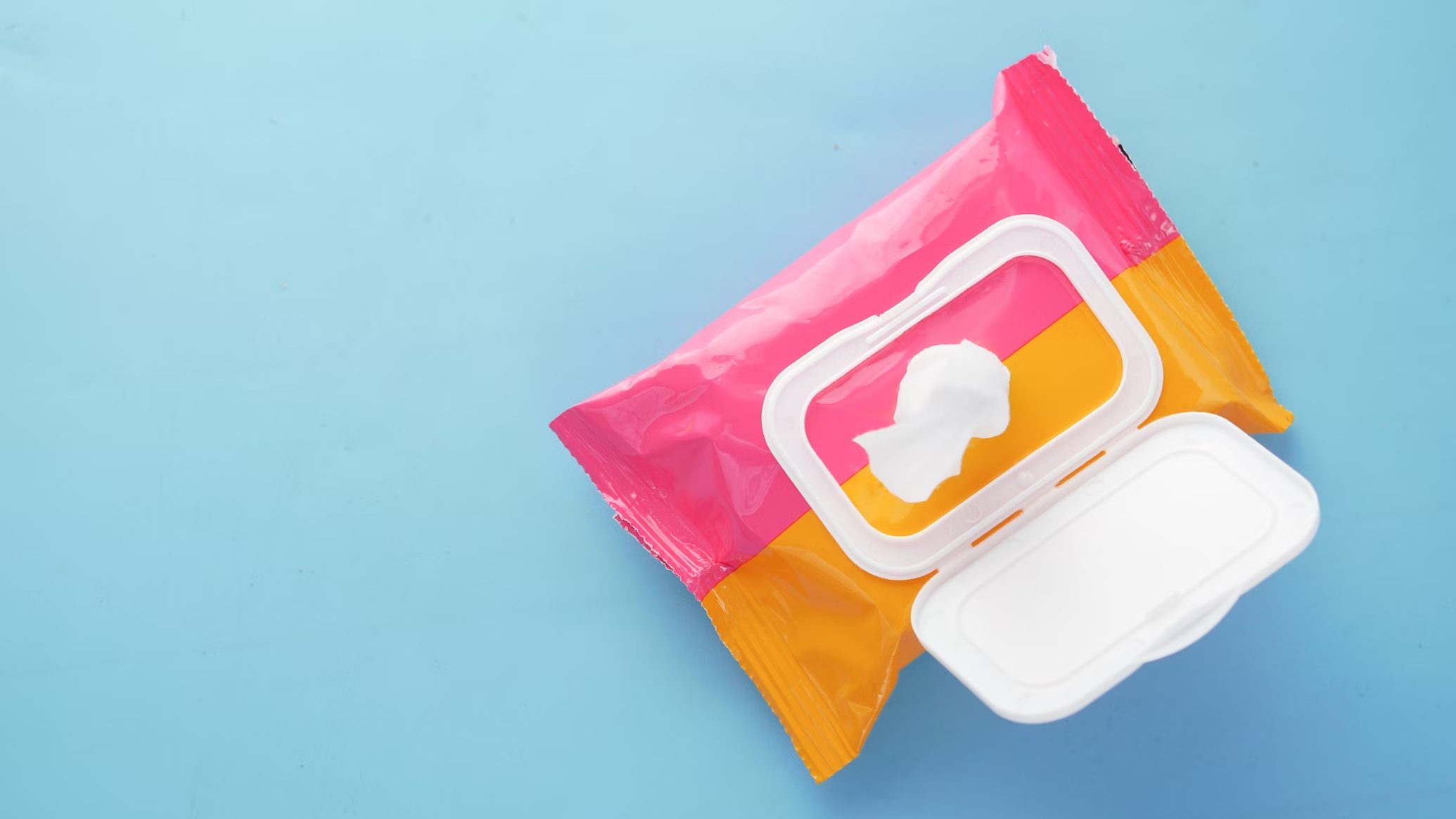
Exploring the dynamics of squirting can bring up various concerns, ranging from practicalities like mess and hygiene to more nuanced issues like health and emotional well-being. Here’s an expanded look at how to navigate these common challenges:
Preparation for Mess:
- Besides using waterproof covers or towels, consider absorbent, washable blankets specifically designed for sexual activities.
- Keep wipes or a small towel handy for quick clean-ups.
- If concerned about bedding, opt for engaging in activities in a space where mess is less of a concern, like a shower.
Hygiene:
- In addition to cleaning toys, consider the use of condoms on toys for easier cleanup.
- Urinating before and after sexual activity can help prevent urinary tract infections.
- If using sex lubes, choose high-quality, body-safe options and avoid products with potentially irritating ingredients.
“Worried about the mess? Remember, intimacy is not about perfection. It’s about connection, exploration, and sometimes, a little laundry.”
Health and Physical Comfort:
- If experiencing pain or discomfort, it’s important to pause and reassess the technique being used.
- Understand that the presence or absence of squirting is not a health indicator; it varies greatly among individuals.
- Be mindful of body positioning and use pillows or supports to avoid strain during longer sessions.
Emotional Well-being:
- Recognize that anxiety or pressure to perform can hinder the experience. Focus on the enjoyment of the moment rather than the end goal.
- Communicate openly about any fears or insecurities with your partner.
- Consider exploring solo first to become comfortable with the sensations and responses of your body.
Navigating Challenges and Frustrations:
- Acknowledge that not everyone will experience squirting, and that’s completely normal.
- Try different techniques and vary routines; sometimes, a small change can make a big difference.
- If frustration arises, take a break and revisit when the mood feels right.
- Remember, sexual exploration is as much about the journey and connection as it is about specific outcomes.
Seeking Professional Guidance:
- For persistent health concerns (and you really desire to explore squirting) or if you’re struggling with emotional aspects, consulting a healthcare provider or a certified sex therapist can be beneficial.
- They can provide personalized advice, reassurance, and strategies tailored to your situation.
Remember, exploring squirting is a unique and personal journey. It’s important to approach it with a sense of curiosity, open communication, and without undue pressure. Every experience is valid, and what matters most is the comfort, pleasure, and consent of everyone involved.
Squirting in Different Age Groups

Female ejaculation can manifest differently throughout various life stages. As our bodies evolve, so do our sexual responses and experiences. Here’s a more detailed look, with a table to break it down:
Younger Women (20s to early 30s):
- Generally higher levels of estrogen and testosterone.
- Can experience more intense physical responses and quicker arousal.
- May have a higher frequency of sexual activity, which can contribute to easier exploration of their bodies.
Middle-Aged Women (late 30s to 50s):
- Beginning of hormonal shifts, especially approaching menopause.
- Changes in sexual response might require more time for arousal.
- Greater sexual confidence and knowledge of their bodies can enhance the experience.
Older Women (60s and above):
- Post-menopausal changes often lead to decreased natural lubrication.
- Shifts in sexual desire: some may experience a decrease, others an increase.
- Rich life experience can lead to a deeper understanding of personal sexuality and pleasure.
| 20s-30s | Late 30s-50s | 60s and above | |
|---|---|---|---|
| % Reporting Squirting | ~40% | ~35% | ~25% |
| Avg. Time to Ejaculation | 10-20 min | 15-30 min | 20-40 min |
| Sexual Satisfaction Rating (1-10) | 7/10 | 8/10 | 7/10 |
| Common Techniques Used | Direct stimulation, varied rhythm | Focused G-spot stimulation, extended foreplay | Gentle, prolonged stimulation, focus on emotional connection |
| Key Health/Lifestyle Factors | Active lifestyle, higher hormonal levels | Hormonal changes, stress management | Focus on overall health, managing menopausal symptoms |
| Attitudes Toward Squirting | Open, experimental | More informed, accepting | Varied, often influenced by personal experiences |
| Knowledge on Squirting | Growing, influenced by media and peers | More comprehensive, often self-informed | Varied, can be limited or extensive based on individual exposure |
| Access to Sexual Health Resources | High | Moderate | Low to moderate |
Disclaimer: Sources include a combination of sexual health surveys, academic research up to 2023, and general health and lifestyle studies. For the most current and personalized information, consult relevant professionals or recent studies.
Conclusion: Embracing Individual Experiences

As we wrap up our exploration of the fascinating world of female ejaculation, it’s crucial to underscore a key message: individual experiences vary greatly, and that’s perfectly okay. Whether you or your partner can squirt or not doesn’t define your sexual prowess or pleasure.
It’s important to remember that each person’s body responds differently, and there’s no single standard for sexual experiences. The journey towards understanding and potentially experiencing squirting should be one of mutual respect, patience, and exploration. It’s about enriching your sexual knowledge and intimacy, not about meeting a specific ‘goal.’
If you find that squirting is not part of your experience, know that there is absolutely nothing wrong with you. The beauty of human sexuality lies in its diversity and the unique ways in which we experience pleasure and connection. Embrace this journey with an open heart and mind, and cherish the wonderful uniqueness of your own experiences.
Want More Useful Articles?
- How to Masturbate – 18 Tips Self-Pleasure Guide for Women
- Ultimate Oral Pleasure Guide: 57 Expert Tips for Masterful Cunnilingus
- Lovense Lapis vs Nora Comparison – Which Will Your G-Spot Like Better?
Any other helpful tips on how to make someone squirt? Share in the comments!

